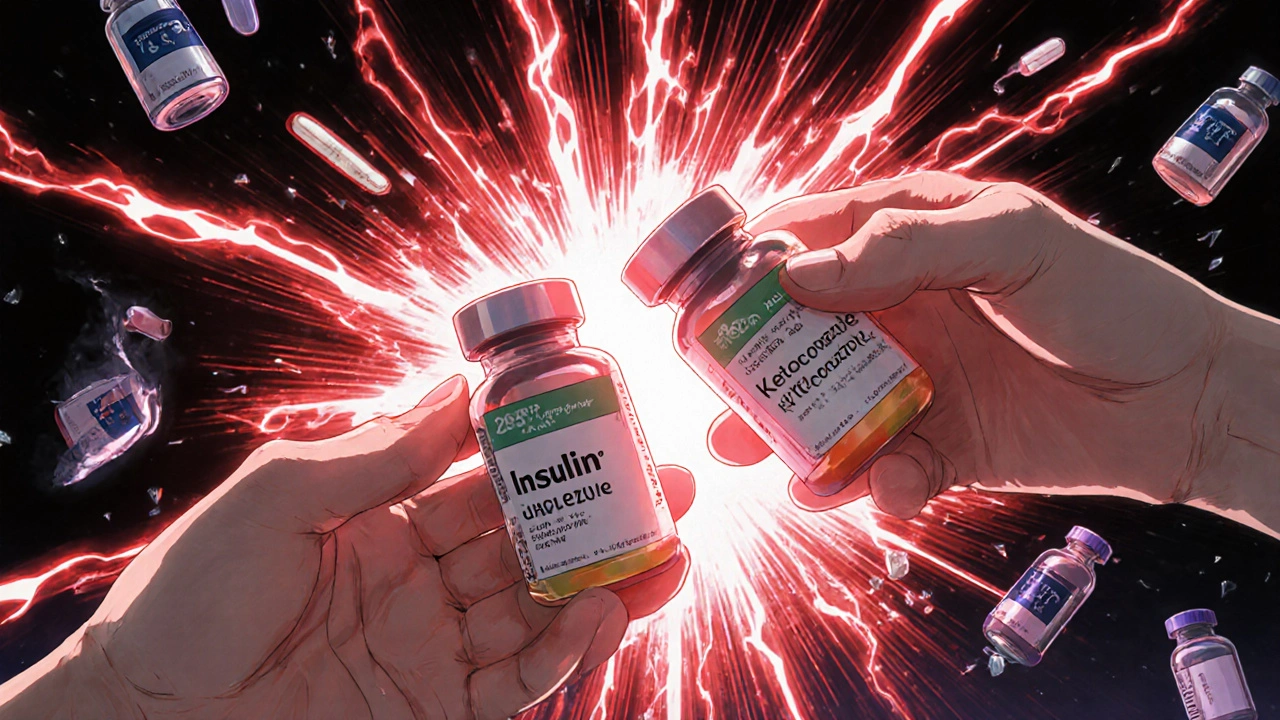Certain diabetes drug combinations can cause dangerous drops or spikes in blood sugar. Learn which interactions to avoid, from insulin and steroids to antifungals and kidney stressors, and what safer alternatives exist in 2025.
Insulin Safety: What You Need to Know About Use, Storage, and Risks
When you're managing insulin, a life-saving hormone used by millions with diabetes to control blood sugar. Also known as injectable glucose regulator, it's not just medicine—it's a daily tool that demands respect. One wrong dose, one missed fridge check, or one reused needle can turn a routine shot into a medical emergency. Insulin safety isn't about fear—it's about knowing what to watch for, how to store it right, and when to act fast.
Most people don’t realize insulin storage, how the hormone must be kept to stay effective changes once you open the vial. Unopened insulin needs refrigeration, but once in use, it can stay at room temperature for weeks—unless it’s exposed to heat or sunlight. A bottle left in a hot car or on a windowsill can lose potency without looking any different. And insulin injection, the method used to deliver insulin into the body isn’t just about poking a needle. Rotating sites prevents lumps under the skin, which can mess with how fast insulin works. Using the same spot over and over? That’s how you get uneven absorption and unpredictable blood sugar swings.
Then there’s the silent danger: hypoglycemia, dangerously low blood sugar caused by too much insulin. It doesn’t always come with warning signs. Sweating, shaking, and confusion are common—but some people, especially those with long-term diabetes, lose those signals. That’s called hypoglycemia unawareness. It’s not rare. And it’s why carrying fast-acting sugar—glucose tabs, juice, or candy—isn’t optional. It’s survival. Even a small mistake like skipping a meal after an insulin shot can trigger a crash that needs immediate help.
Insulin safety also means knowing your type. Long-acting insulin works steady all day. Rapid-acting kicks in fast after meals. Mixing them? Only if your doctor says so. And never share pens or needles—not even with family. Infections, blood-borne risks, and wrong dosing are real dangers. Your insulin isn’t like a painkiller you can hand off. It’s personal. It’s precise. And it’s powerful.
People using insulin every day aren’t just taking medicine—they’re managing a tightrope walk between too much and too little. That’s why understanding these basics isn’t just helpful—it’s essential. Below, you’ll find real-world guides on avoiding common mistakes, recognizing early signs of trouble, and choosing the safest tools and routines. No fluff. No guesswork. Just what works.

